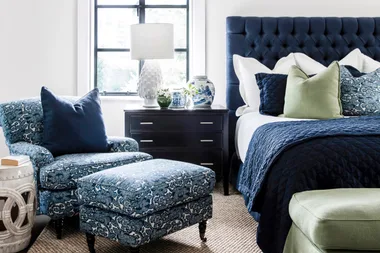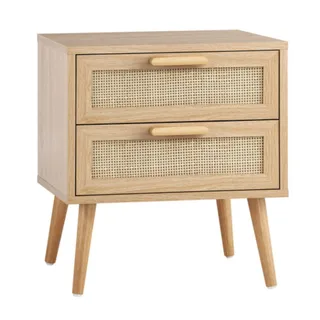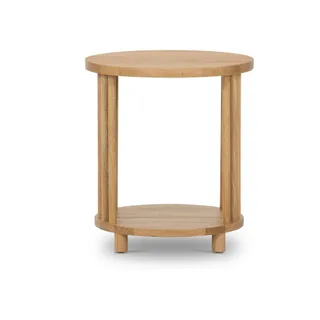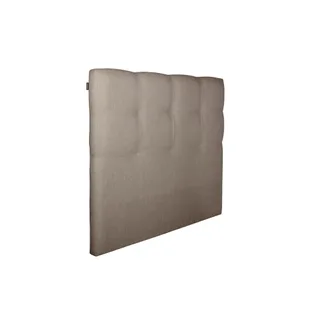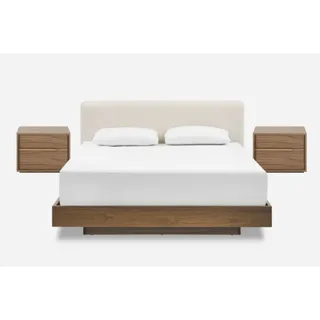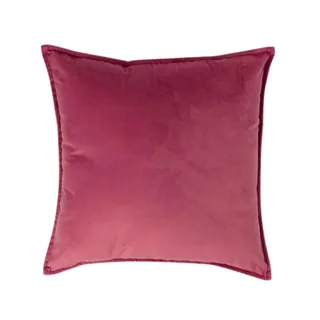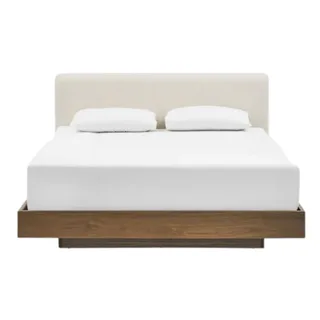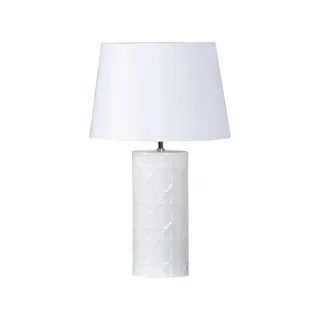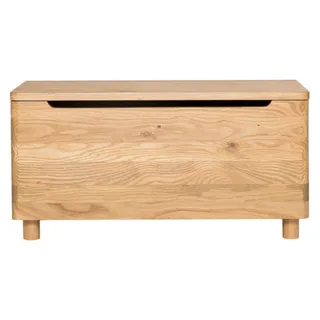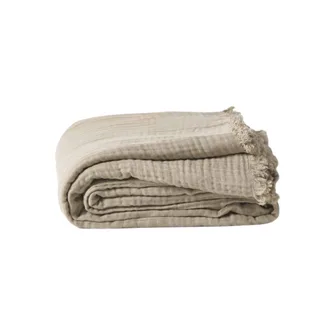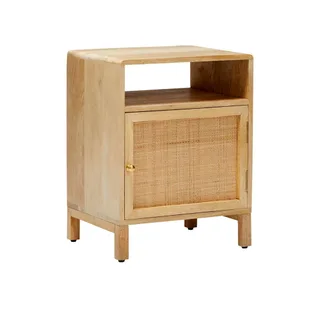The average person spends about 25 years of their life sleeping (take a few off if you have kids or a needy dog). So it’s important to give your bedroom suite the kind of love it deserves, which in turn, can massively improve your snooze.
“The bedroom is the first space you wake up to and the last one you come home to at the end of the day,” says Kate Lewis, Creative Lead at Mocka. “So, it should always feel comfortable; a place for Sunday sleep-ins and somewhere to rest and recharge during a busy week.”
Changing up your bedroom design is a great first step, whether you’re updating your furniture or simply rearranging it. And you don’t need to adhere to fast fashion when it comes to bedroom furniture. Select timeless pieces that you’ll enjoy for years.
“You don’t want to change your furniture every season,” says Casey McPhail, co-director of McPhails Furniture. “The sheet set, doona, coverlet, pillows and throws are the easiest items to change up. You can also add accents of what is happening outdoors to make it seasonal, such as pastels in spring, reds and oranges in autumn, plants and bright flowers in summer, and dry-natives-inspired tones in winter.”
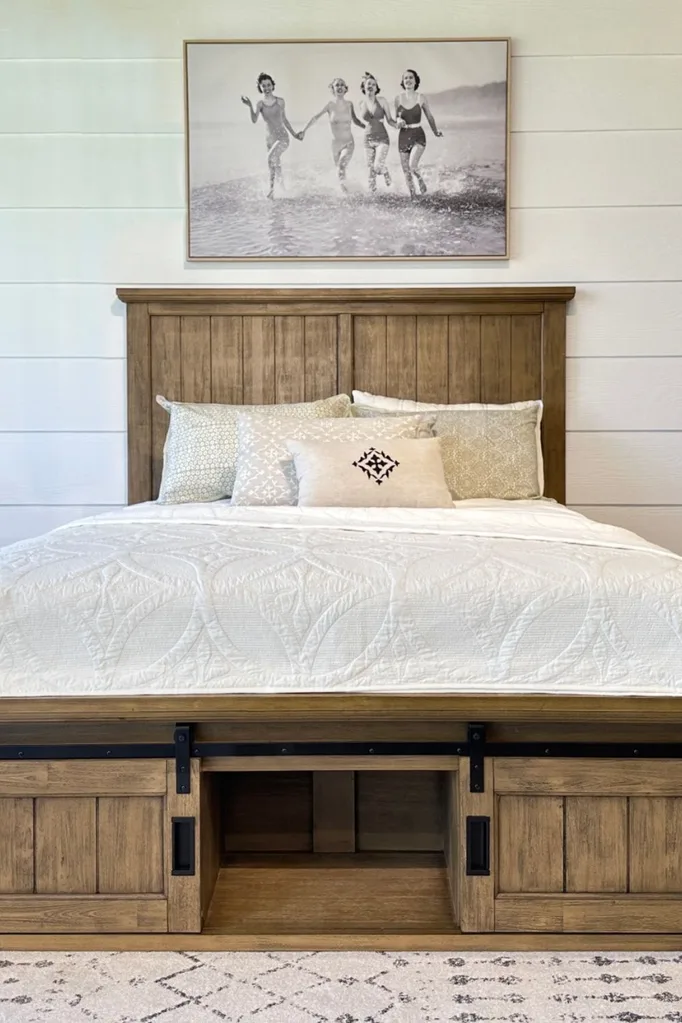
Trying to fit everything you need and love into one main bedroom is no mean feat. More like a game of Tetris. With the help of interior design experts, we unveil the secrets to creating a bedroom that’s both visually stunning and serene, and unravel five common mistakes.
Ready to overhaul your bedroom décor? Follow these expert tips on buying and styling with the best bedroom furniture and rugs for your sacred space.
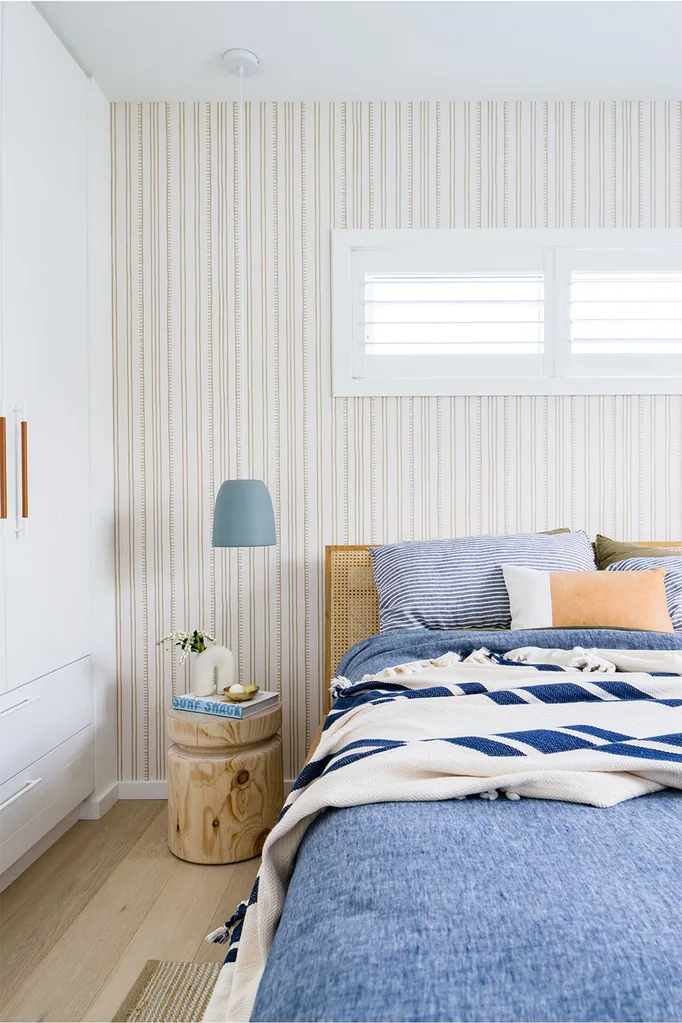
How to set up furniture in a master bedroom
It makes sense to start with your hero piece: the bed. Ideally, it should be placed centrally with a wall or beautiful bedhead behind it, flanked with enough floor space for bedside tables or foot traffic. You want to be able to climb into bed comfortably from either side. Check that any wardrobe doors or a chest of drawers don’t open onto the bed or bedframe.
When it comes to your bedside tables (or ‘bedsides’), think symmetrical. Just like in high-school algebra, what you do to one side you should do to the other. This means you’ll need two matching bedsides and two table lamps, if you’re using them. “Avoid matching the height of the bedhead or frame with the bedsides or table lamps, to create interest and balance,” says Kate.
If you have a large bedroom, you can place a bench seat, blanket box or ottoman at the foot of the bed, which can provide storage as well. “Use furniture like an occasional chair, or décor like pot plants, to fill an empty corner,” adds Kate.
Get inspiration for arranging furniture in teen bedrooms here.
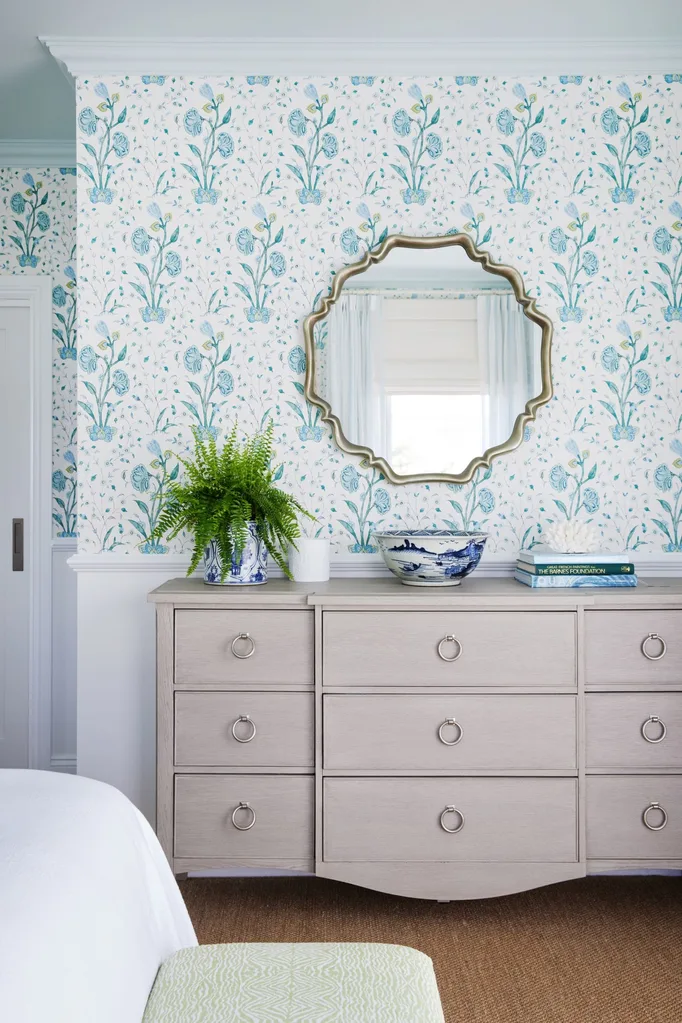
How to arrange furniture in a small bedroom
Yes, with some cleverly designed furniture and by making smart choices, you can have a grown-up bedroom in a small room. “Choose bedsides that don’t take up too much space but have built-in drawers for extra storage,” says Kate. “In tight spaces you can use a single bedside with a table lamp, balancing the look with a wall-mounted artwork.”
Vertical modular storage pieces will further help keep things tidy in a small bedroom. Kate also recommends employing mirrors to bounce light around, which makes the space feel lighter and bigger.
SHOP BEDROOM FURNITURE
Casey suggests omitting the traditional bedside tables altogether when space is at a premium. “I would install pendant lights that hang down from the ceiling, and you won’t need a lamp on a bedside table. Therefore, you won’t need a bedside table! Instead, opt for a smaller table [or stool] that can hold a glass of water and/or a phone.”
When it comes to your bed, Casey recommends choosing a simple mattress and a base. “This will cut down the bulkiness of the footboard, side rails and bedhead. And an oversized doona looks great, styled up with cushions and pillows.” If you can accommodate a bed frame, look for one that has drawers underneath it or at the foot of the bed.
Although it’s tempting to get the biggest bed size possible, maybe don’t squeeze in a king-sized bed. Opt for a queen-sized bed to maximise floor space. With the extra breathing room, you’ll sleep like a, well, queen.

Does bedroom furniture have to match?
No, your bedroom furniture doesn’t need to match per se; you don’t want your boudoir to look like a bedroom package you ordered online. Your room should feature bedroom decor that you love which reflects who you are as a person. Cohesion and harmony can be achieved through colour, texture, shape and style.
“Choose a colour palette for your bedroom design that resonates with you,” advises Kate. “Start with a neutral base for key furniture pieces, such as linen or timber, which will allow you to work colour and texture in via the other elements.”
Consider the shapes and angles of key furniture pieces and incorporate those into other features of your room, suggests Kate. “This could be the curves of a piped linen bedhead and the curve of a rattan bedside table or mirror. Details can also be celebrated in your styling and décor to create a cohesive look, such as brushed gold handles on a bedside paired with gold-framed mirrors or lamps.”
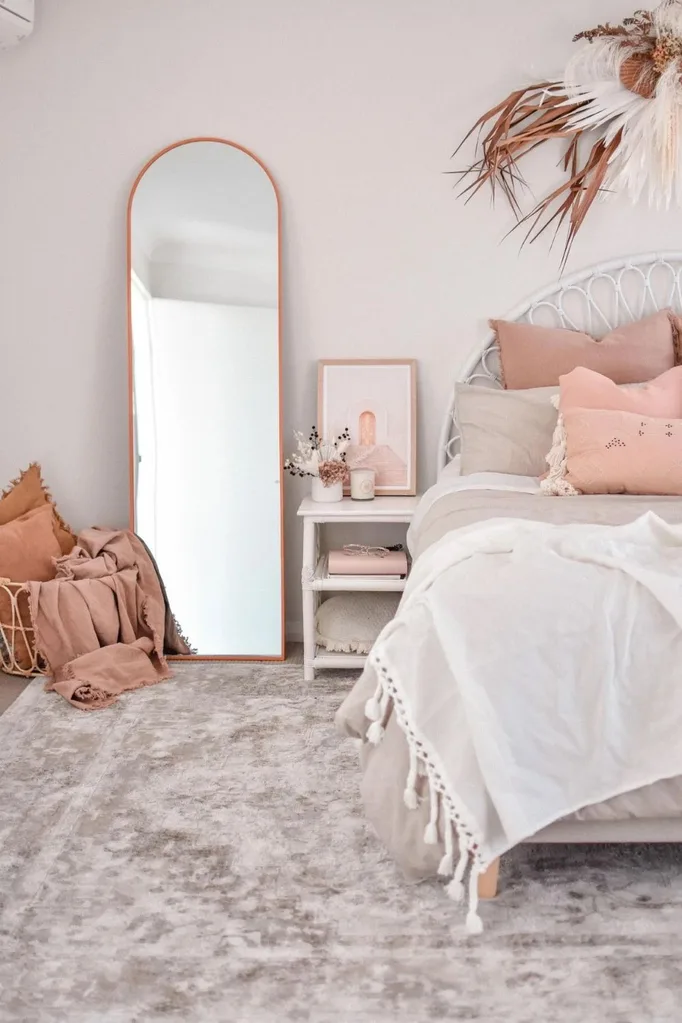
What are the current trends in bedroom furniture and décor?
Looking to create a fashionable retreat that won’t date overnight? Kate recommends sourcing bedroom furniture in natural finishes, which are always on trend. “Look for timber and rattan,” she says. “This season we’re welcoming back curves and soft finishes in furniture, as well, such as smooth boucle in ottomans, armchairs and bedheads.” Here’s Kate’s hot list:
- Natural earthy tones: Think, timber-look bed bases or bedsides, natural rattan details and earthy rust and dusty olive bedding with layers of natural linen.
- Mixing patterns: Don’t be afraid to clash your patterns in your bedroom design. For example, striped bedding with patterned floor rugs or statement wallpaper.
- Curves: They’re here to stay and can be incorporated with statement arched bedheads, curved bedside tables, round cushions, circular floor rugs or wavy mirrors.
- Colour: Add colourful statement pieces like bedside tables or layers of tonal colour in bedding. You could also paint a feature wall (or, all the walls for a colour-drenched look).

SHOP BEDROOM FURNITURE
How to anchor bedroom furniture with rugs
Rugs bring in warmth and another dimension to your bedroom design, while helping to dampen noise, says Alexandra Tanya Weller, Co-founder and Director of Miss Amara. Interior stylists also use rugs to trick your mind into thinking a space is bigger. “While it might seem counterintuitive, you want to get the largest rug your room can take,” explains Alexandra. “This is because a rug creates a visual boundary for the eyes; a larger rug creates the optical illusion of more space.”
Alexandra recommends a rug in a bold, moody colour to create interest and drama in a larger bedroom, but for a smaller room, she’d opt for something lighter or neutral in tone. “This will create a feeling of lightness and open space.” In terms of pile and texture, sumptuous piles (think, wool berbers or silky synthetic fibres) will feel like a treat for the feet, says Alexandra. “Another really popular trend is pairing neutral bedding with a richer vintage-style rug. Vintage patterns and distressed styles lend a romantic feel to the space, in a way that is modern while adding warmth and tone.”
Alexandra is also finding that people are loving washable rugs. “Once the choice was quite limited, but now you can get beautiful plush washable rugs to sink your toes into in winter,” she says. “You can change to something flatter in the summer when you want something smooth and cool underfoot. Washable rugs can be folded away and switched out whenever you like!”
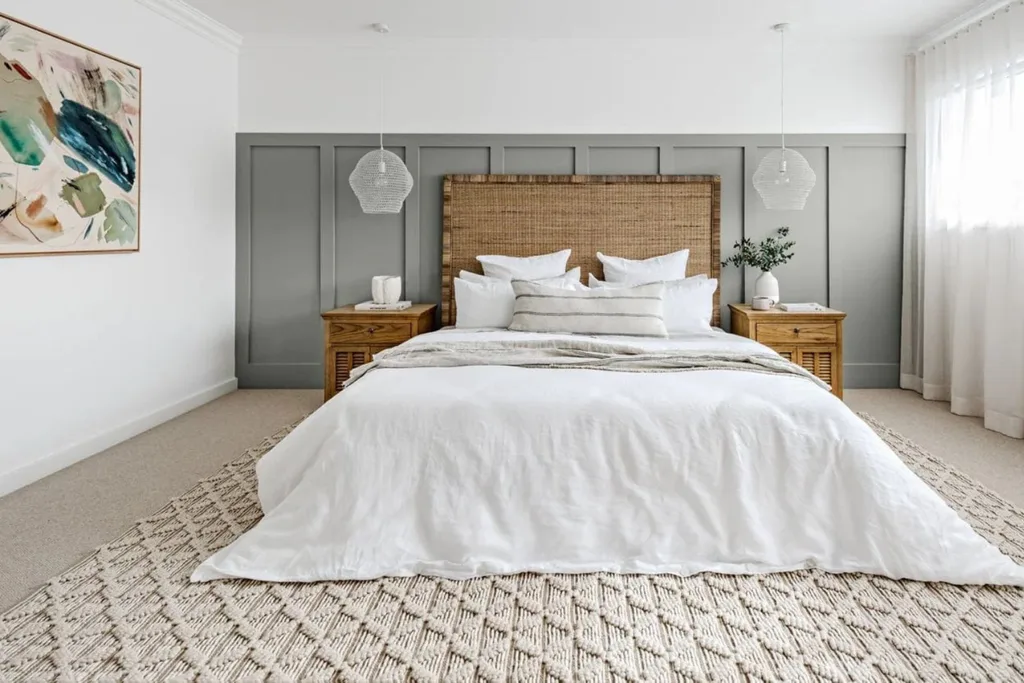
5 common mistakes when choosing bedroom furniture
When choosing bedroom furniture, there are a few things that people tend to get wrong. Here’s what to avoid to take your bedroom from ordinary to extraordinary.
1. Having the wrong scale or proportion of bedroom furniture
Considering the scale and proportion of the furniture in relation to the size of the room is key to getting your bedroom suite right. Oversized furniture can make a small bedroom feel cramped, while undersized furniture can make a large room feel empty.
Measure your space carefully and carry the measurements with you to showrooms as you shop. When in doubt, tape the area on the floor at home where the furniture will sit or place a similar object there to ensure it fits… with enough space to move around.
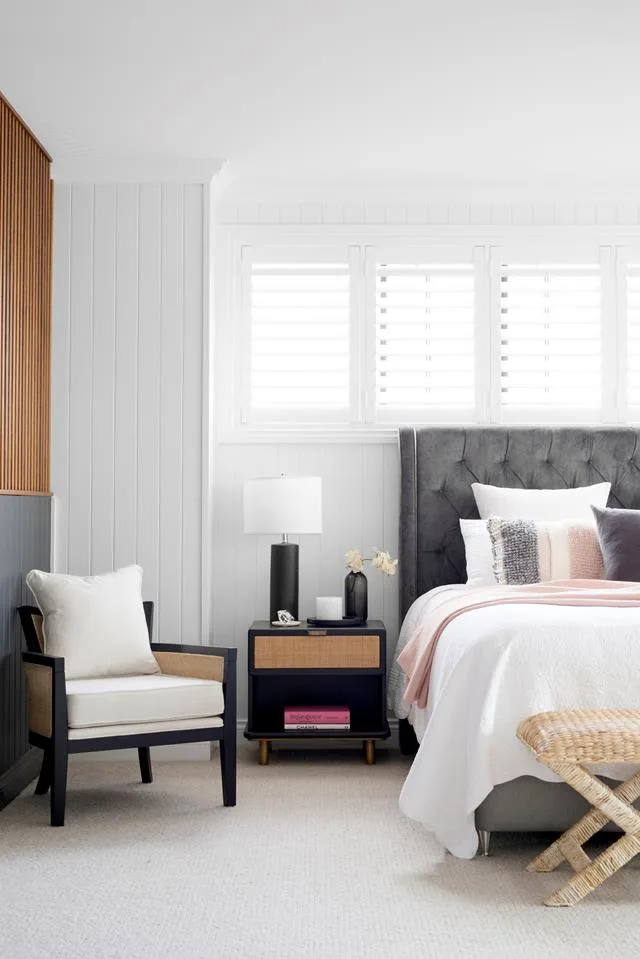
2. A bedroom design that lacks of functionality
It’s easy to fall in love with a piece of bedroom furniture. But rather than prioritising the aesthetics of a luxurious upholstered bedhead or stunning rattan chest of drawers over functionality, it’s essential to ensure your bedroom furniture meets your practical needs. Consider the storage requirements, comfort and overall purpose of the furniture. Before you buy.

3. Ignoring the flow of your bedroom layout
The best bedroom furniture ideas can come undone without careful planning. Arrange your bedroom furniture in a way that allows for easy movement and creates a harmonious flow, while not compromising on space. Take into account the location of windows, doors and other architectural elements. Allow space for dressing, sitting, bedmaking and storage.

4. Neglecting comfort when choosing bedroom furniture
Bedrooms are places to relax and rest, so comfort should be a priority. Focusing solely on the visual appeal of the furniture without considering how comfortable it will be in everyday use is a trap many fall into when confronted with a skilled salesperson. Stay strong. It’s important to test furniture – particularly mattresses and chairs – for comfort before purchasing.

5. Disregarding personal style in the bedroom
While it’s essential to consider current trends, nothing beats your style! For such significant furniture purchases, don’t be swayed solely by what’s popular at the moment or finding a bargain bedroom suite on the showroom floor. Your bedroom should personify you, and be a space where you feel at ease. Sticking to what you love is more likely to endure for years to come.

 Photographer: Mindi Cook / Stylist: Rachel Honner
Photographer: Mindi Cook / Stylist: Rachel Honner
